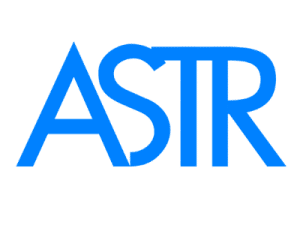What Is Fascia? Understanding the Body’s Hidden Web
What Is Fascia? Understanding the Body’s Hidden Web
Search terms: what is fascia, fascia tissue explained, role of fascia in pain
🧬 The Most Overlooked Tissue in Your Body? Fascia.
If you’ve never heard of fascia, you’re not alone. For years, this essential tissue was ignored by mainstream medicine. But now, researchers and clinicians agree: fascia is one of the most important structures in the human body—especially when it comes to chronic pain.
Understanding fascia is the first step to unlocking lasting pain relief, better mobility, and whole-body healing.
🧠 What Is Fascia?
Fascia is a thin, flexible layer of connective tissue that surrounds and interconnects every muscle, bone, organ, nerve, and blood vessel in your body. Think of it like a 3D spiderweb or bodysuit beneath your skin that keeps everything supported and connected.
Fascia:
-
Holds your muscles and organs in place
-
Allows smooth movement between tissues
-
Distributes force evenly throughout the body
-
Communicates with the nervous system
-
Plays a major role in pain, stiffness, and inflammation
When fascia becomes tight, inflamed, or develops scar tissue, it can pull on surrounding tissues—causing pain far from the original source.
⚠️ What Happens When Fascia Is Damaged?
Fascia can become restricted due to:
-
Injuries or surgery
-
Poor posture or repetitive movement
-
Chronic inflammation
-
Stress and trauma
-
Sedentary lifestyle
When that happens, it loses its flexibility and becomes sticky or rigid—creating “fascial adhesions” that interfere with muscle function and nerve signals. You might feel:
-
Sharp or dull pain that’s hard to trace
-
Tightness or stiffness that won’t stretch out
-
Radiating pain or numbness
-
Muscle imbalances and poor movement patterns
💡 Why Traditional Treatments Often Miss the Mark
Most conventional treatments target muscles, bones, or joints—but not fascia. That’s why pain often returns after massage, chiropractic adjustments, or physical therapy.
Fascia requires specific release techniques, such as ASTR (Advanced Soft Tissue Release), which use specially designed tools to:
-
Break up adhesions
-
Restore fascia flexibility
-
Improve circulation and nerve flow
-
Reduce chronic inflammation
🔗 Explore ASTR Tools for Fascia Release
📘 Learn More in Pain No More
In Pain No More, Dr. Joseph Jacobs explains how years of chronic pain and failed treatments led him to discover the critical role of fascia. His ASTR method, which targets fascia directly using patented tools, has helped thousands reverse pain naturally.
🔬 Scientific Research on Fascia
-
Langevin et al. (2006): Fascia is a sensory and proprioceptive organ that plays a major role in chronic pain.
-
Schleip et al. (2012): Fascia contains contractile elements and can stiffen over time, contributing to muscle tension and reduced mobility.
-
Findley (2009): Fascia connects multiple systems and can transmit force throughout the body, affecting posture and movement.
-
Ajimsha et al. (2011): Myofascial release improves flexibility and reduces pain by restoring fascial glide.
✅ Final Takeaway: Treat the Fascia, Heal the Body
| Problem | Fascial Connection |
|---|---|
| Chronic neck, back, or shoulder pain | Fascial adhesions pulling on surrounding tissues |
| Recurring injuries or stiffness | Poor fascial elasticity disrupting movement |
| Radiating or mysterious nerve pain | Nerve entrapment within tight fascia |
Fascia isn’t just a support structure—it’s a vital, dynamic system that holds the key to healing pain at the root.

